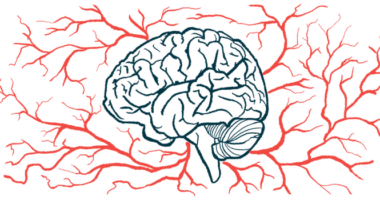School Staff Lacks Knowledge about Sickle Cell Disease, Student Survey Finds

Students with sickle cell disease (SCD) feel that educators and administrators at their schools lack knowledge about SCD management — an issue that could be addressed by developing a handbook that staff could use to help students with SCD.
The study with that finding, “Student perspectives on managing sickle cell disease at school,” was published in the journal Pediatric Blood & Cancer.
Most children with SCD are able to lead normal lives, despite complications, such as acute or chronic pain crisis, which occur as a result of the disease. However, they require specific assistance to maintain their health and prevent complications that can affect them daily.
In a home setting, monitoring the needs of a child with SCD tends to be more feasible. On the other hand, during the day, children spend most of their time in school, an environment in which SCD episodes can be challenging.
Such complications result in children being absent from school, a decline in cognitive attention, physical and academic accommodations, and psychosocial adjustment.
There are several barriers when it comes to helping SCD students, including the fact that the frequency, timing, severity, and extent of complications varies significantly among children.
Furthermore, most teachers are not aware they have students with SCD in their classroom, which further complicates the task of caring for these students at school.
Previous studies have explored the views of parents, teachers, and school administrators about children with SCD. However, there is limited data available on the students’ perspectives.
So, researchers conducted a study to explore the views of students with SCD regarding their experiences at school.
Researchers conducted interviews with 14 patients aged 6 to 10 who attended Metro Nashville Public Schools. These participants were recruited through the Vanderbilt Sickle Cell Disease Clinic.
The participants were asked about their teachers’ understanding of SCD, communication about SCD, and how they handled SCD‐related pain episodes in school. They also sought to identify methods to compensate for being absent from school as a result of an SCD episode.
Then, researchers identified the underlying themes, which revealed five distinct areas that highlighted the perceptions and recommendations of children with SCD in a school environment.
The themes included:
- communication about SCD;
- how SCD interferes with school activities;
- teacher and/or administrator actions to ease challenges associated with SCD;
- perceptions that allow students to prevent SCD from limiting their school experience, and;
- ways students advocate for themselves.
- Students with SCD discussed a number of ways their illness affected the school environment, while also reporting a strong sense of self-advocacy and normalcy with regards to their experiences.
However, they perceived school personnel to be lacking in two primary areas — knowledge about SCD, and protocols that could help in disease management in a school setting.
In response to a specific interview question, “What do you think your teacher should know about sickle cell disease?,” four areas of recommendations for school personnel were compiled:
- ways in which teachers can help with school activities;
- make‐up work for school absences;
- empowering students with SCD, and;
- helping with SCD episodes at school.
“The recommendations offered by students in this study may be a step toward improving the experiences of children with SCD in the educational setting,” the authors wrote.
“Students with SCD advocated strongly for their needs at school to attain their education. However, they perceived school personnel to lack knowledge about SCD management. This could be overcome with a handbook specific for teachers of students with SCD that could address each of the five themes,” they concluded.






